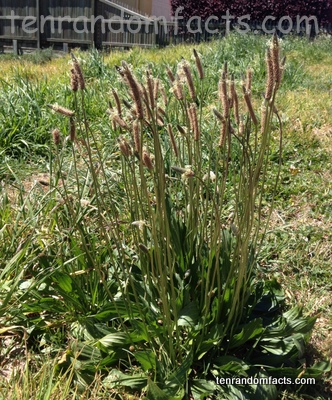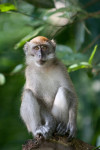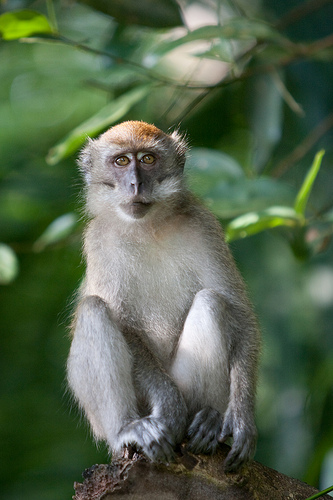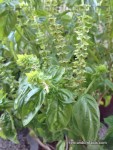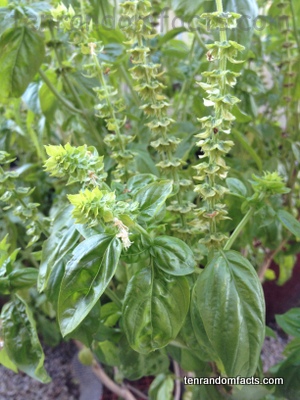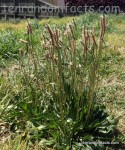
Ribwort plantains have a barren look.
- Ribwort plantain is a plant native to Asia, Europe and North Africa, and depending on the location and growing conditions, it will grow as a perennial, biennial or annual.
- ‘Ribwort plantains’ are also known as ‘narrowleaf plantains’, ‘English plantains’, ‘buckhorn plaintains’, ‘lamb’s tongues’, ‘rib grass’ and ‘ribleaves’.
- The scientific name of a ribwort plantain is Plantago lanceolata, and it is from the family Plantaginaceae, the family of plantains.
- Ribwort plantain leaves grown in a rosette formation, and the underside of the long green leaves always feature five obvious veins.
- Ribwort plantains typically grow to be approximately 50 centimetres (20 inches) in height, and they have tall flower spikes, with heads that are surrounded by numerous tiny white petals.
- The bitter leaves of ribwort plantains are edible and can be eaten cooked or raw, while the seeds can be cooked whole or ground like flour.
- Ribwort plantains are easily grown from seed in low quality soil, with a preference for full sunlight, and as a result, the plants are increasingly used in pastures for livestock fodder.
- Ribwort plantain plants have been used medicinally for a variety of purposes, including the slowing or stopping of bleeding, and treating inflammation, and they can be used to hasten skin healing.
- Countries such as Australia, has seen ribwort plantains introduced, and this has resulted in them being an invasive weed in some areas.
- Ribwort plantain plants are useful for textile purposes, as they can be made into dye; the fibres from the leaves can be used; and the seeds can be treated to stiffen fabric.
Bibliography:
Environmental Weed Profiles, 2011, Trees For Life, https://www.treesforlife.org.au/sites/default/files/Ribwort%20Plantain_Weed%20Profile.pdf
Plantago lanceolata – L., 2012, Plants For A Future, http://www.pfaf.org/user/plant.aspx?LatinName=Plantago+lanceolata
Plantago lanceolata, n.d, Australian Tropical Rainforest Plants, http://keys.trin.org.au:8080/key-server/data/0e0f0504-0103-430d-8004-060d07080d04/media/Html/taxon/Plantago_lanceolata.htm





